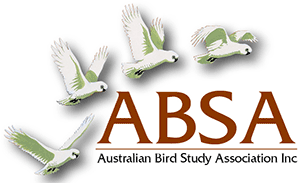Impact of feral Water Buffalo Bubalus bubalis grazing on White-bellied Sea-Eagle Haliaeetus leucogaster breeding success in subtropical river habitat in the Northern Territory, Australia
| Posted: |
11/04/2021 |
| Author(s): |
Laurie Corbett, Tony Hertog |
Diet and breeding success of White-bellied Sea-Eagles
Haliaeetus leucogaster in Kakadu National Park were compared
between years with (1980–85) and without (1992–94) high densities of feral Water Buffalo
Bubalus bubalis. Overall, prey
comprised turtles (39.8%), fish (26.5%), birds (28.3%), mammals (4.4%) and snakes (0.9%) and there was no signifi cant
difference in diet between years with and without Buffalo. However, significantly more Sea-Eagle pairs attempted to
breed (100%) and fledge young (83%) in years without Buffalo than in years with Buffalo when 63 percent of Sea-Eagle
pairs attempted breeding of which 46 percent were successful. The increased breeding success was likely due to increased
hunting success during the dry season when Sea-Eagles breed. Following Buffalo removal and the subsequent vegetative
covering of water-bodies, Sea-Eagles were able to reach striking distance before detection by prey. The results of this study
will be useful for wildlife managers in the Top End where Buffalo are feral or are farmed.
>> Download Abstract |
File Size: 106 KB
>> Download Complete PDF | File Size: 79 KB
